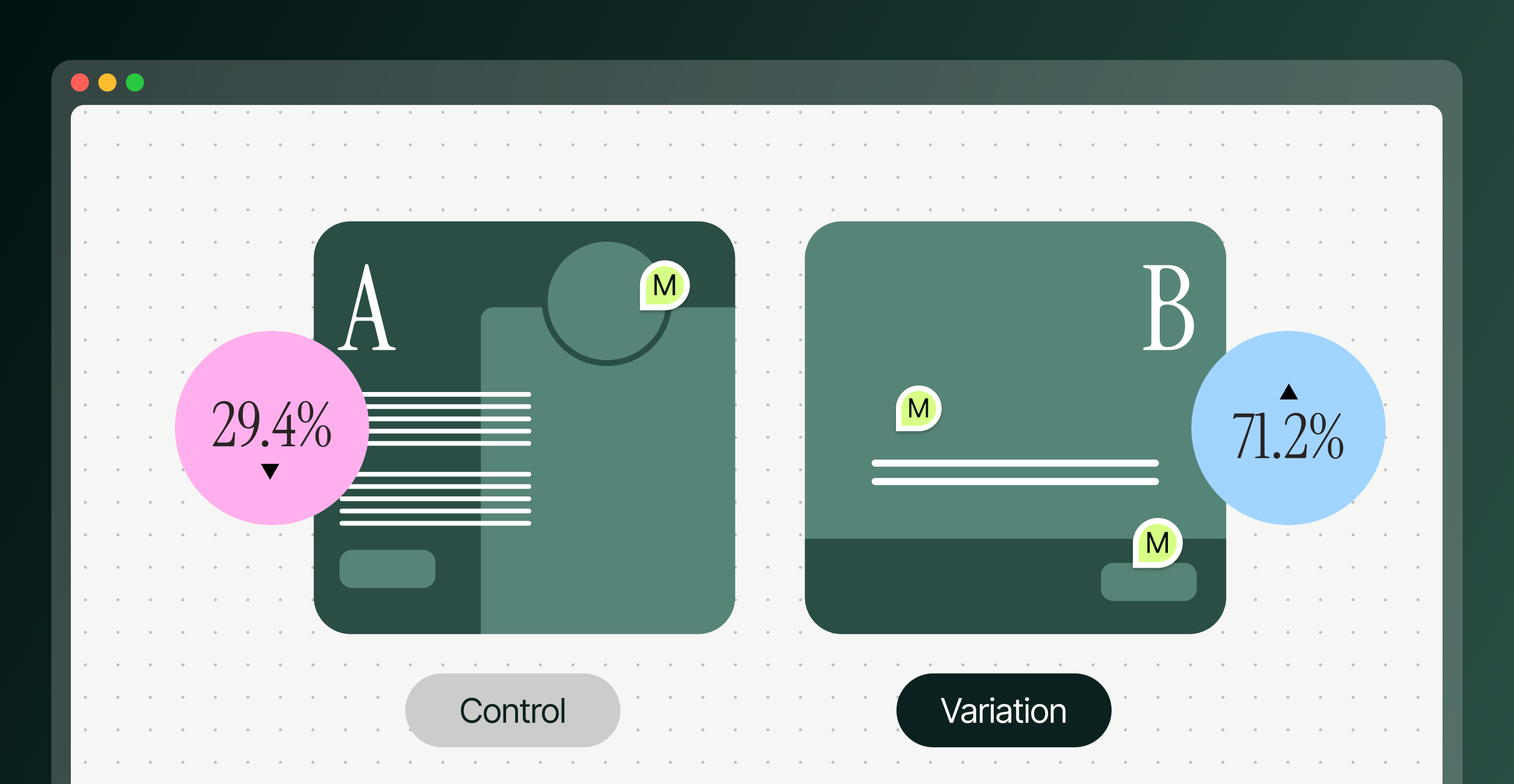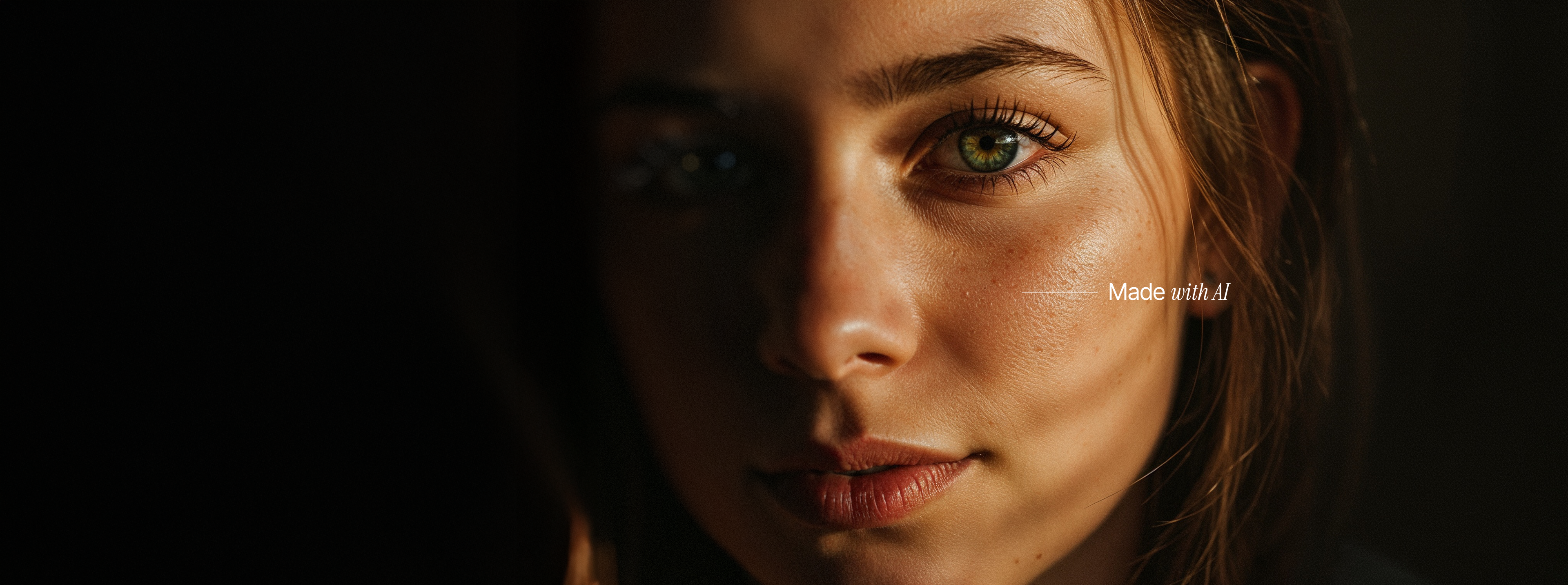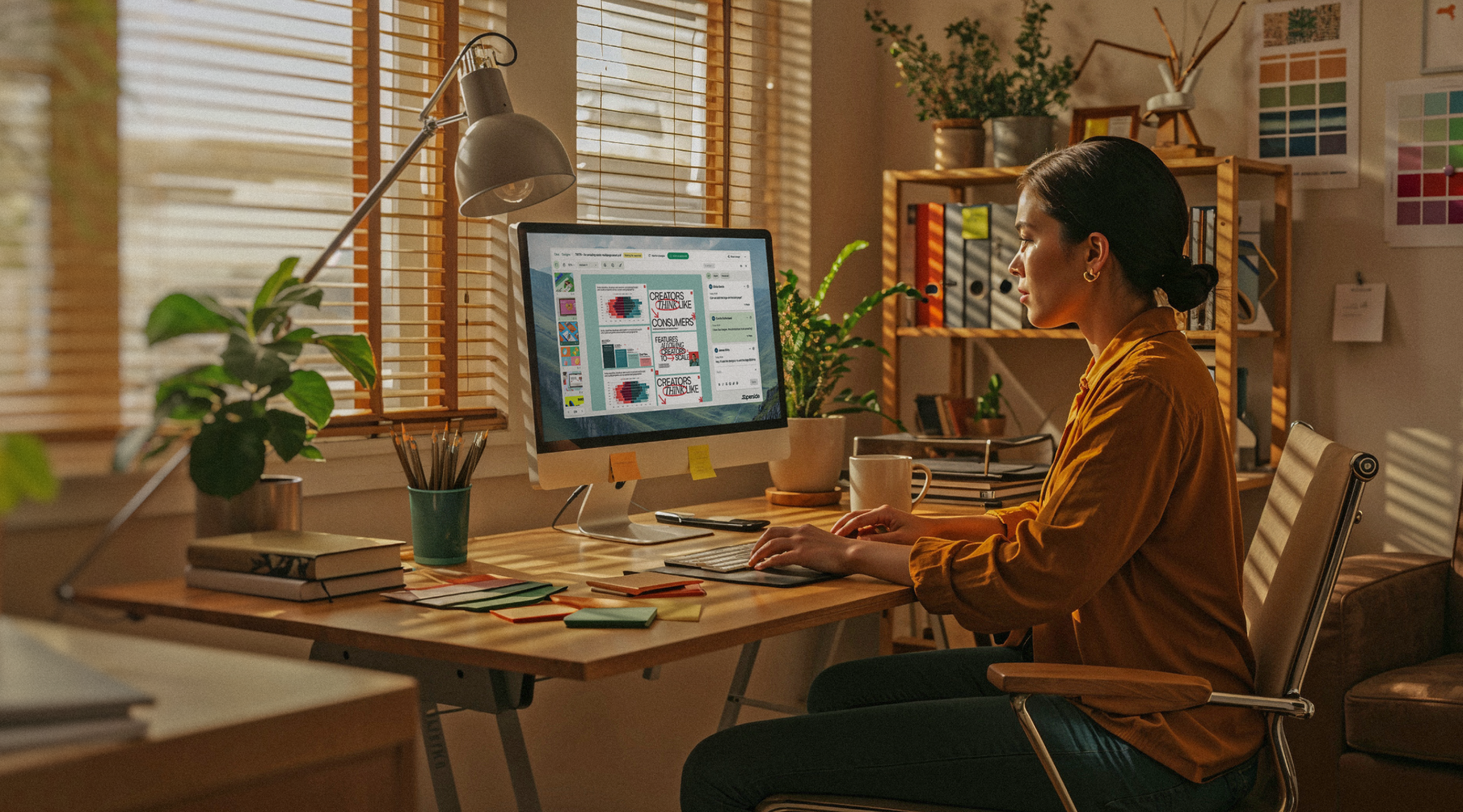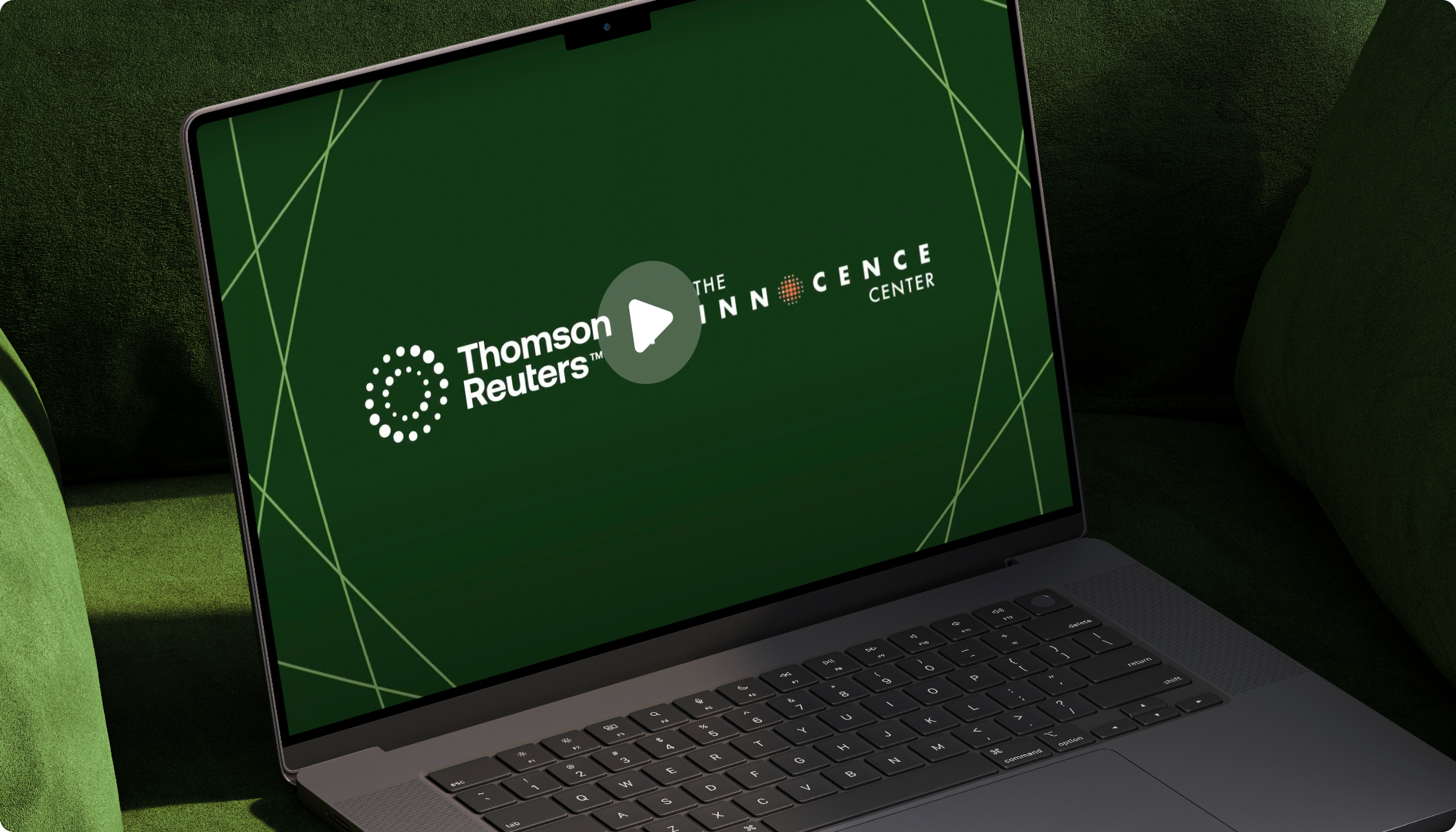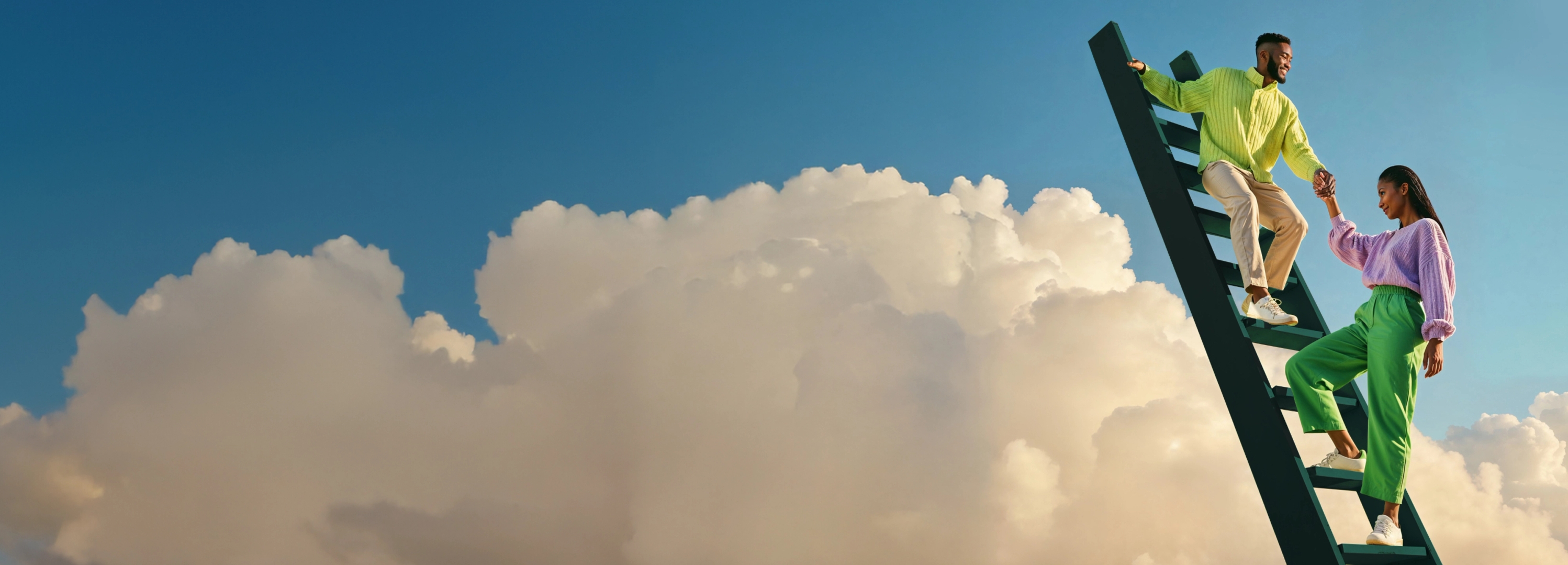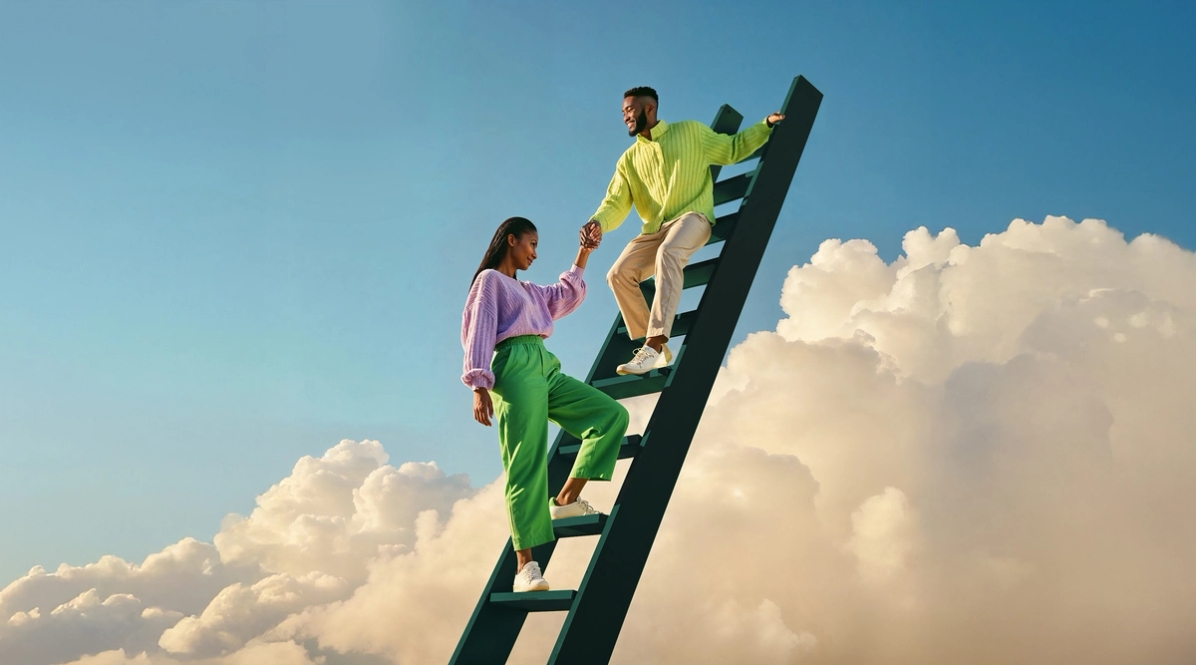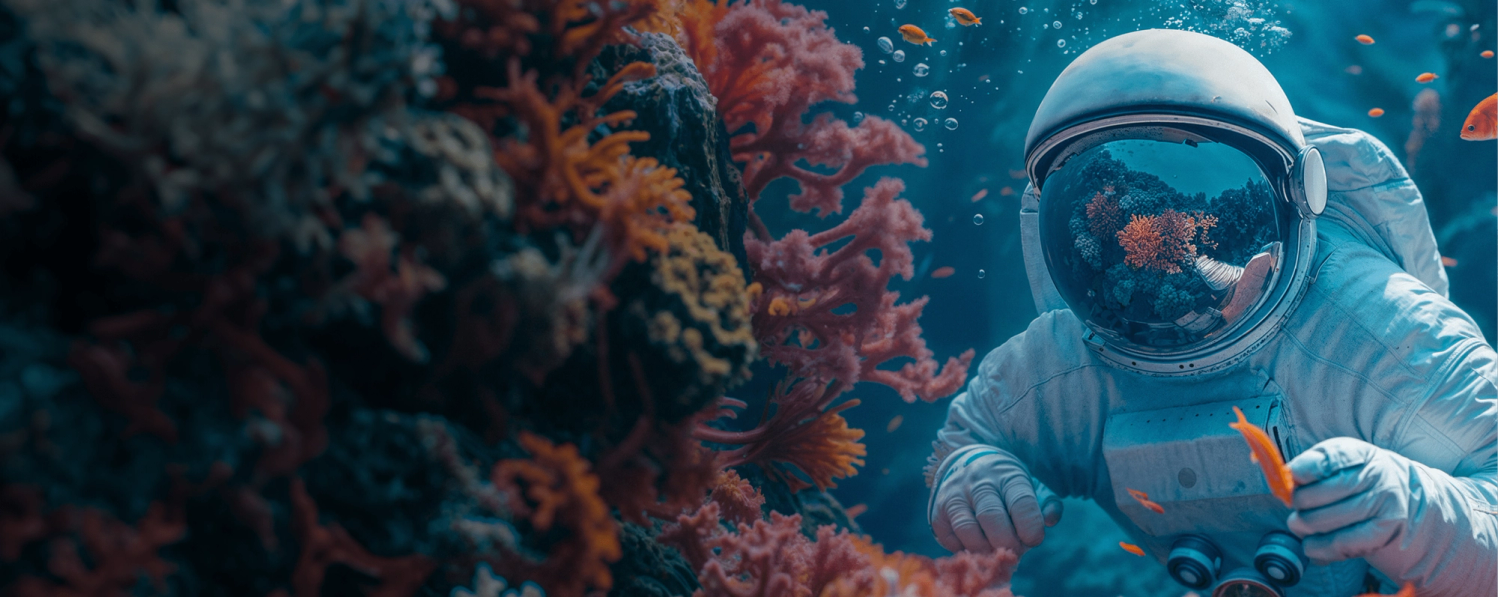Build systems, fuel scale: Inside Typeform's sustainable creative model
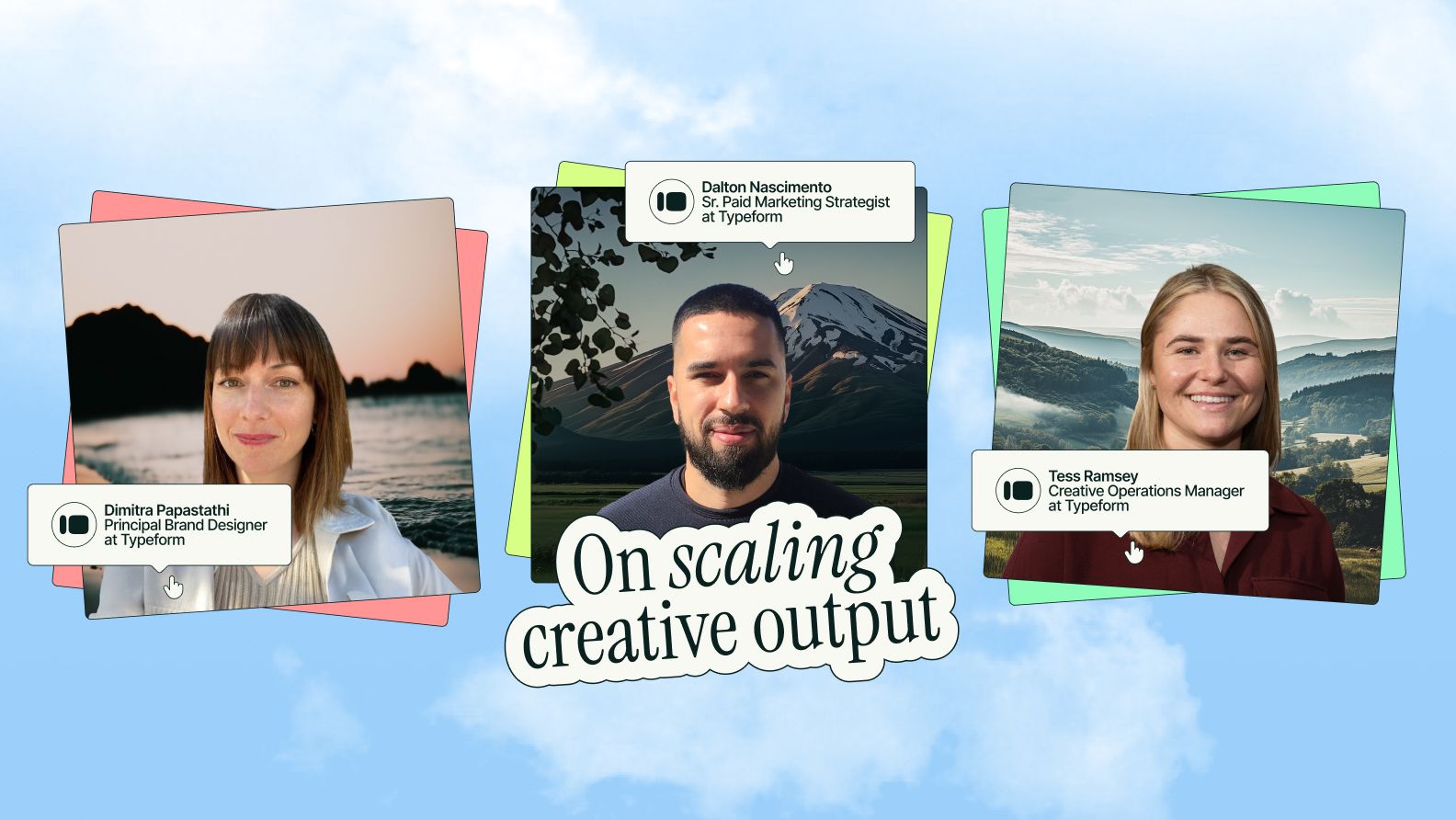
Typeform proves you don’t need a big team to scale big ideas. With smart systems, tight marketing-creative alignment and the right partners, they deliver high-impact creative—without burning out their team or compromising quality.
When creative demand spikes but team size stays lean, many marketing and creative leaders face a familiar and pressing dilemma:
How do you scale output quickly without sacrificing quality or burning out your team?
At Typeform, this challenge isn't theoretical—it's happening in real time. With a small but mighty internal team, they’re navigating growing content needs, faster turnaround times, and increasingly complex campaign requirements. But instead of defaulting to rushed production or one-off fixes, they’ve chosen a more intentional path.
We explored that path in Superside's latest guide, Inside Great Creative Partnerships. A true example of building a sustainable creative model and partnership, Typeform's design and paid teams explained how they:
- Prioritize impact over quantity
- Built a system that scales thoughtfully
- Bring in creative partners intentionally
- Stay aligned and curious
- Scale smarter with tools and AI
Their approach offers a blueprint for how modern marketing and brand teams can maintain creative excellence—even under pressure.
Intentional trade-offs: Impact over quantity
For Dalton Nascimento, Typeform’s Senior Paid Marketing Strategist, high performance doesn’t mean chasing volume for volume’s sake.
We really prioritize what we believe would have an impact instead of just requesting a lot of stuff for the sake of quantity.

As someone who requests a large share of video assets, Nascimento knows the demands he places on the creative team are intensive—both in timeline and production lift. That makes prioritization essential.
The tension between wanting to push creative boundaries and the realities of limited time is a familiar one across the industry. 79% of professionals say they want to create bolder work, but are always racing against the clock.
From the creative side, Dimitra Papastathi, Typeform’s Principal Brand Designer, is quick to underline that alignment—not output—is what unlocks scale. “We’re looking a lot into consistency, but not just in terms of repetition. We’re making sure everyone has the same understanding about brief requests and marketing goals,” she explained. That means not just delivering the right file, but working from the same assumptions about campaign strategy and testing plans.
While many teams fall into a transactional rhythm, Typeform’s approach is different. Creative and marketing act as collaborators from the start, not as siloed requesters and executors. And it all starts with a scalable system.
Building a system that scales thoughtfully
To scale sustainably, Typeform invested in building structured processes for creative operations. One of the most impactful? A tiering model that allows the team to categorize projects by complexity and creative involvement—not by scope, but by the level of creative thinking required.
“Some kinds of projects we know don’t need a creative review—they can just have one stakeholder review and go out the door,” says Tess Ramsey, Creative Operations Manager at Typeform. “Others might need full art direction. More complex creative work such as art direction often means we put more eyes on it from a creative or brand perspective.”
Here’s how the tiering system breaks down:
- Tier 1 – Campaigns and more strategic initiatives requiring a concepting or art direction phase. Examples: Brand campaigns, high-impact events.
- Tier 2 – Net new creative that doesn’t require a unique art direction. Examples: Always-on work like new paid ad creatives, emails, landing pages.
- Tier 3 – Simple adjustments to existing creative. Examples: Reformatting, minor text or color changes.
The tier impacts several aspects of creative workflow:
- How early the project must be briefed in.
- The type and depth of information needed in the briefing template.
- The number of review rounds and the level of stakeholder involvement (e.g., executive review, creative lead involvement).
- Resources and level of effort assigned, determined during monthly planning.
This model is paired with a point system—where one point equals one day of work—to guide monthly and weekly planning. With that clarity, the team can better manage capacity and avoid burnout. The tier of a project helps define the process it will go through, while the points framework helps determine the scope and resourcing needed to complete it.
Using a tiering system to define how we handle different kinds of projects has made a huge difference.

The tiering and point systems also give room for “foundational work,” as Papastathi calls it: Creative-led initiatives that originate inside the design team. “We aim to balance the work that is initiated from a creative perspective versus marketing requests from our collaborators,” she said. “This also helps allow time for our own initiatives.”
When—and why—to bring in creative partners
Scaling through systems is one part of the puzzle. Scaling through strategic partnerships is another. Even with smart systems in place, the team knows when it’s time to bring in outside help. “We’re a very small internal team,” said Ramsey. “We only have two internal designers, one copywriter, and me in operations. So we work with an external agency to up or down our workload.”
Their goal when looking for an agency? Finding a partner that acts as a true extension of their internal team and is open to receiving feedback. For Papastathi, that openness is non-negotiable.
It’s better to have a not-so-good first delivery and a great second one because the agency is receptive to feedback—rather than the other way around.

Staying aligned, staying curious
While systems and partners help enable scale, the real glue is the collaborative relationship between marketing and creative. Cross-functional alignment is a recurring theme in the way Typeform operates.
Nascimento’s team holds quarterly planning meetings with creatives to review performance and align early on upcoming campaigns. “We discuss all creative requests on a weekly basis and decide what we believe are the most impactful to prioritize,” Nascimento shared.
Ramsey added that creative input isn’t only welcomed—it’s encouraged. “Sometimes marketing teams don’t realize they could submit a more open brief,” she said.
With Nascimento’s team, we’ve been exploring together how open briefs can still spark creativity. Open briefs can sometimes leave space for more creativity than a more closed or prescriptive brief.

Scaling smarter with tools and AI
Beyond people and processes, Typeform’s team has embraced tools that let them do more without compromising quality.
“We shot a video for TikTok and wanted to use it on other channels in landscape,” Nascimento recalled. “The creative team recommended using an AI tool to reformat it. It worked—and saved us from reshooting the whole thing.”
Papastathi sees AI as an amplifier, not a replacement. “We try to use AI with intention. It’s not about doing things faster just for the sake of it. It should boost our creativity—not dictate it.”
Even as tools evolve, they agree on one thing: Creativity needs space.
We try to optimize everything, but creativity doesn’t come from efficiency. If we just keep running, we’re going to exhaust ourselves. We need to stop a little to be able to run faster later.

Scaling with intention, not just speed
Typeform’s approach to scaling creative work isn’t about doing more for the sake of it—it’s about doing the right things, better. In a landscape where demand is constantly rising and resources rarely scale at the same pace, their strategy offers a practical, human-centered model for creative growth.
By investing in smart systems like tiering and point frameworks, fostering genuine alignment between marketing and creative, and bringing in the right partners at the right time, they’ve created a workflow that’s not just scalable—but sustainable.
With their thoughtful approach to collaboration and scale, the Typeform team could've written Inside Great Creative Partnerships themselves. For more lessons on moving fast while making great work together, be sure to check out the full guide.
Tess is a Senior Content Specialist at Superside, where she crafts compelling content for SMBs and enterprise businesses. With over 10 years of experience, Tess has honed her skills writing for both B2B and B2C audiences, working across agencies and in-house creative teams. Her expertise spans industries, including international relations, tech, hospitality, and the music industry, where she has a knack for blending storytelling with strategic insights. When she’s not busy writing, you’ll likely find her curled up with a good book, binge-watching the latest Netflix obsession or hiking.
You may also like these
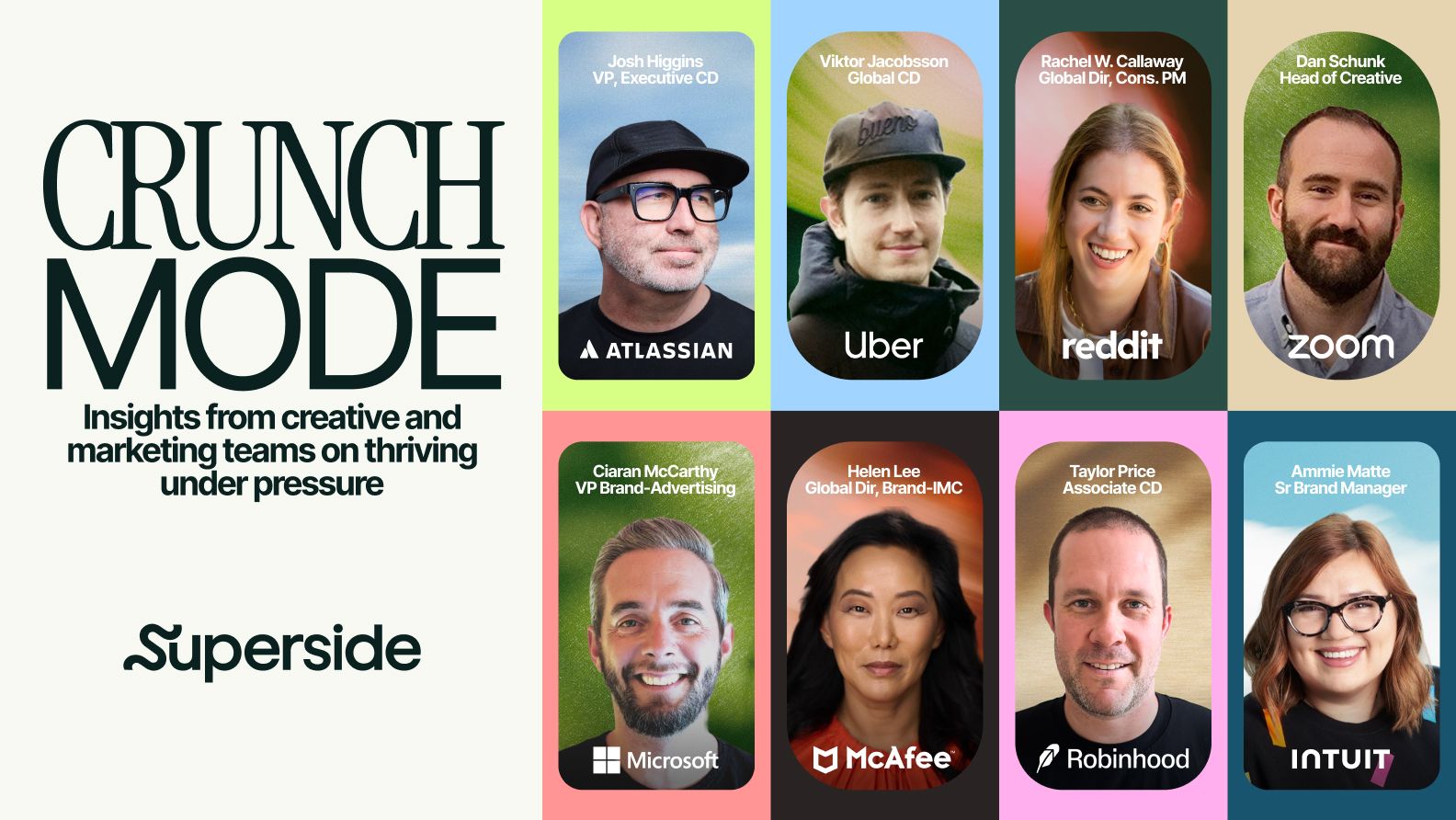
Burn bright, not out: Lessons from Superside's Crunch Mode summit
Crunch periods like Q4 can put even the most prepared teams to the test. Manage it right, and your team can harness that energy to produce amazing work. Manage it wrong, and you could burn out the people who’ve trusted you to guide them through the trenches.So, how can you guide your team through the crunch to do their creative best? For Superside's Crunch Mode summit, we brought together some of the most insightful creative and marketing leaders in the world to share their experience and tips on keeping their teams moving forward, even when it feels like you’re working inside a pressure cooker.Here’s a breakdown of the biggest takeaways from the event—with strategies you can apply to thrive through the busiest seasons of the year.Keeping it real when the pressure is on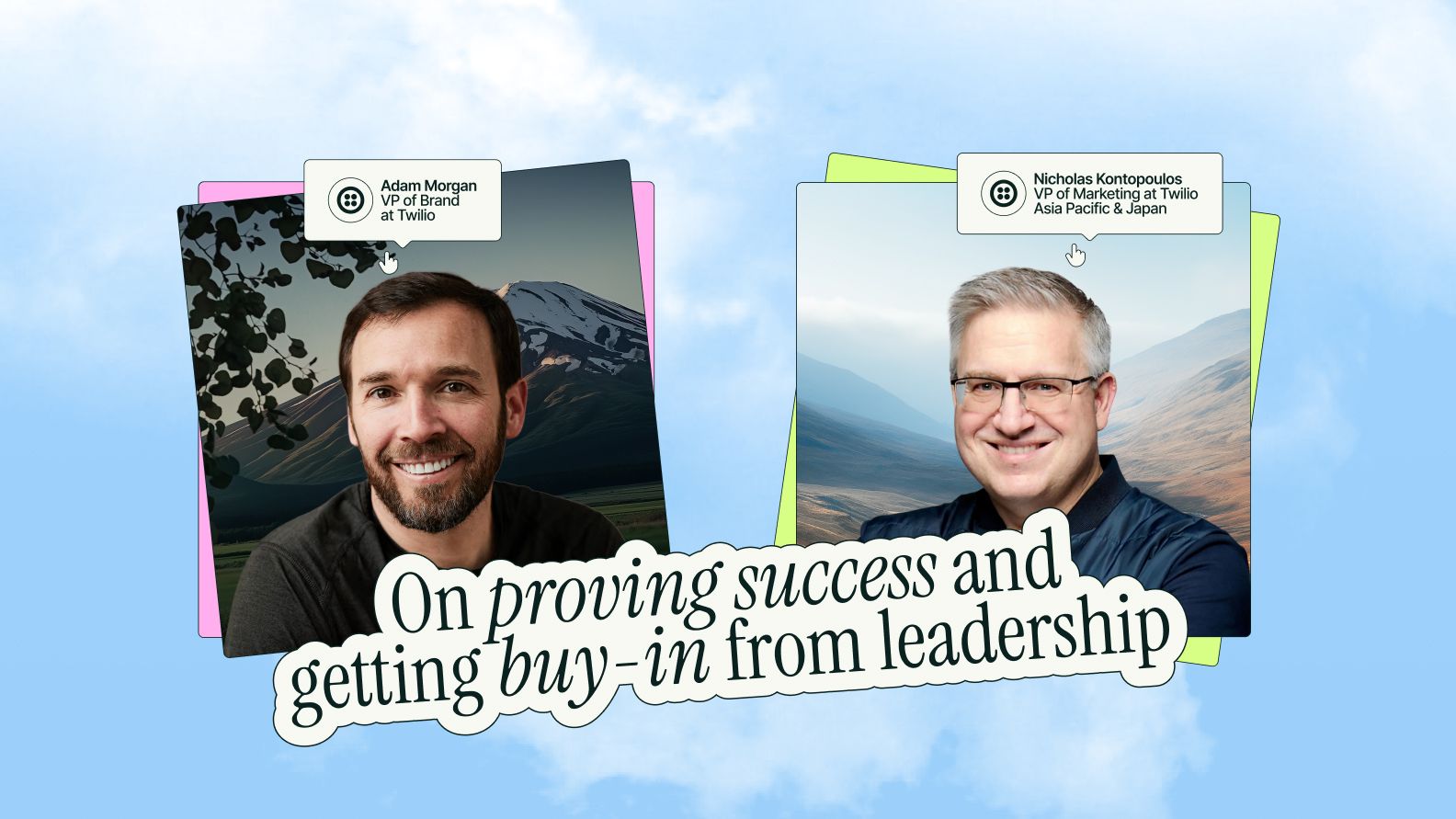
Build trust, get buy-in: Inside Twilio's creative storytelling model
A creative vision can’t fly without buy-in—no matter how bold, inspired or strategic it is.Because without leadership buy-in, key initiatives from rebrands to quarterly campaigns become drawn-out, diluted affairs. And without buy-in from in-region representatives, even the best brand narratives will lack impact.But between Twilio’s Adam Morgan, VP of Brand, and Nicholas Kontopoulos, VP of Marketing, Asia Pacific & Japan, they’ve got it covered.Morgan and Kontopoulos broke down their approach to proving success and getting buy-in across the business in our latest guide, Inside Great Creative Partnerships. From masterful storytelling to a powerful brand-to-revenue model, they shared:How to communicate a creative vision upwards and downwards
7 elements for great creative campaign development in 2025
A successful campaign is both an art and a science. Ideally, all decisions are tested and backed by solid creative performance data. But never at the cost of creativity.While it pays to be strategic, creative quality drives about 56% of a campaign’s results. This is why 80.5% of marketers see it as one of the strongest predictors of success, and nearly two-thirds have increased their focus on creative in the past year.Strong creative partners help today’s enterprise-level brands (and their overstretched in-house teams) strike the right balance. Right now, 78% of in-house creative teams say they can’t keep up with demand, and 76% of creative leaders say they and their teams are at risk of burnout.In this article, we break down what it takes to generate and implement innovative marketing campaigns that deliver results. Read on for our top seven campaign strategy steps and use them right away to connect with your target audience, stand out from competitors and achieve results.7 elements to develop a successful creative campaign